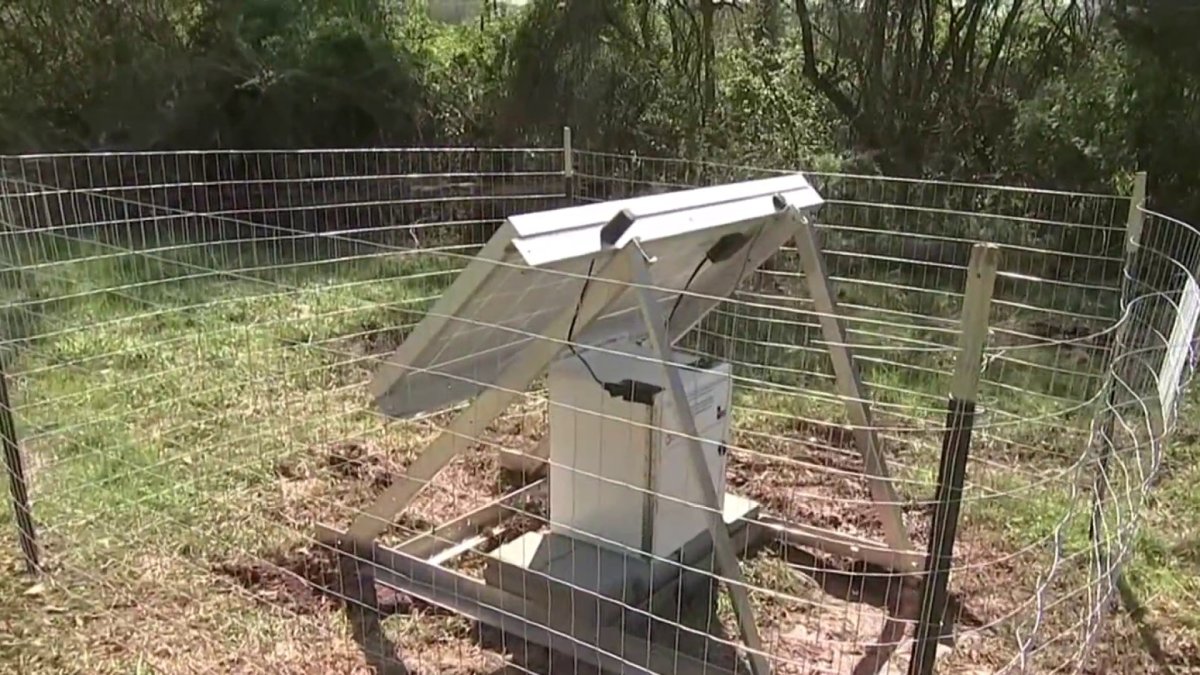
NBC New York’s Jen Maxfield reports.
More than a week after the New Jersey earthquake that rattled the tri-state and beyond, scientists are still taking steps to learn more about what happened.
Researchers from as far away as the University of Texas were working at the Hunterdon County Arboretum on Monday to install a seismometer, a tool that can measure aftershocks near the epicenter and give scientists a better sense of the fault that shifted on April 5 — then delivered New Jersey its largest earthquake in more than 100 years.
More than 100 of the seismometers will be going about three feet into the ground to help monitor the earth's movements.
Get Tri-state area news and weather forecasts to your inbox. Sign up for NBC New York newsletters.
"With enough seismometers, we will be able to pinpoint this with some of the aftershocks that are still occurring it will help us locate it," said Rutgers University Professor Ken Miller.
Some people who live near the epicenter of the quake in Whitehouse Station continue to feel uneasy.
"We had a thunderstorm yesterday and a lot of people have PTSD because you don’t know if it’s thunder or an aftershock," said Jasmine Plaunt, of Access Medical Urgent Care.
Geologists who study earthquakes say the more than 50 aftershocks since April 5 are actually on the lower side. And while the magnitude 4.8 earthquake is relatively mild compared to others around the world, its unusual location in New Jersey is prompting scientists to want to learn more.
"When they happen above [magnitude] 4.5 and when they’re close to a major population center we are definitely interested in studying the earthquake," said USGS research geophysicist Oliver Boyd.
The fault where the earthquake happened has not been definitively identified, but it’s believed to run north-south. Scientists still aren’t sure whether an existing fault triggered the quake, or an entirely new one.
"A lot of the faults we mapped at the surface are old and they pretty much healed and they haven’t been active in the last couple million years," said Boyd.
The underground seismometers may deliver more clues — and even, possibly, predictions for the future.
"The more you deploy, the better imaging you get of what’s going on beneath our feet," said Professor Miller.
No aftershocks since April 12 have measured over magnitude 1.5, leading scientists to believe the tremors are tapering off.